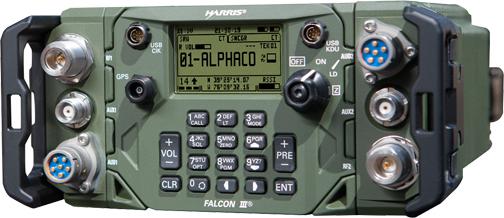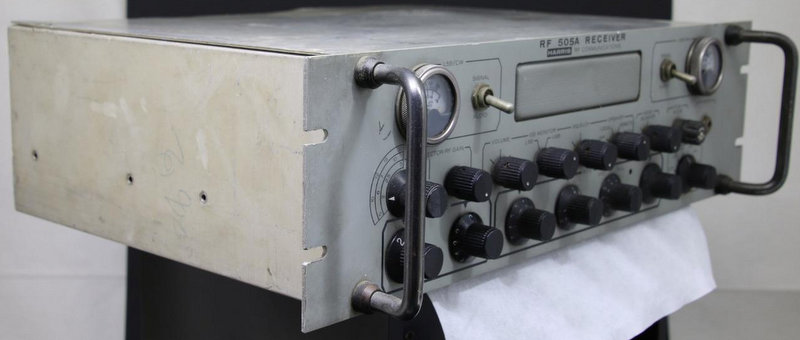
Harris AN/PRC-158 multichannel transceiver (Source: Harris Corp. via Motley Fool)
(Source: The Motley Fool)
Is the U.S. Army Really Spending $12.7 Billion on Radios?
The U.S. government spends a lot of money on weapons. So much money, in fact, that sometimes, you see a number and think, “That can’t be right. But then again, maybe.”
I had one of those moments last week, when the Department of Defense reported that it had just awarded three contractors a $12.7 billion contract to supply it with radios. That number couldn’t be right. And in fact, since the exact dollar figure on the contract read “$12,725,724,536,” I thought it was more likely a typo. Someone was data-entering the number for a $12.7 million radio contract, mistyped the “thousands” place, retyped it, and forgot to delete the original entry.
But it wasn’t a typo.
And the Pentagon really is spending $12.7 billion on radios.
$500 toilet seats are so 1980s
That’s a whole lot of moola to spend on what’s likely to work out to about 65,000 radios — roughly $200,000 per set. Granted, the value of the award also includes the cost of “accessories and related services” relevant to the radios.[…]
Continue reading at The Motley Fool online…
What is the Harris Falcon III AN/PRC-158?
Wanting to know a little more about the Harris Falcon III AN/PRC-158 Multi-channel Manpack (MCMP), I checked out Harris’ product page. Here’s the provided description:
TYPE 1 Security in a Versatile Two-Channel Manpack
The Harris Falcon III® AN/PRC-158 Multi-channel Manpack (MCMP) is a modular two-channel manpack radio that covers the full 30-2500 MHz frequency range in a form factor 30% smaller than similar products.
Hosting a wide variety of Software Communications Architecture (SCA) narrowband and wideband waveforms, each of the AN/PRC-158’s two channels can be used to transmit and receive simultaneously. The radio can also connect different nets and sub-nets for both voice and data using its embedded routing and cross-banding capabilities. Plus the AN/PRC-158 incorporates fully integrated MUOS-capable hardware into the standard radio. This eliminates the logistical complexity of Power Amplifier appliqué change-outs, as well as the cost and weight burden of an additional module.
Key Benefits:
- Covers 30 to 2500 MHz frequency range up to U.S. TOP SECRET level with Harris Sierra™ II software programmable encryption
- 30% smaller than other 2-channel manpacks
- Runs narrowband and wideband waveforms
- Integrated MUOS hardware
- Embedded routing and cross-banding
- Optional mission modules for advanced mission capabilities
Key Capabilities:
- NSA-certified for voice and data communications
- Supports numerous legacy encryption and keyfill modes, and Type 3 AES keys in VHF/UHF AM and FM mode, storing multiple mission fill files for maximum mission flexibility
- Embedded SAASM GPS receiver allows local position to be displayed as well as automatic position reporting
- Advanced capabilities with mission modules for ISR reception, MANET capabilities and SIGINT.
Click here to view the product page on Harris’ website.
As The Motley Fool suggests (and rightly so) this might be a brilliant time to invest in Harris Corp.
 Many thanks to SWLing Post contributor, Nick Booras, who writes:
Many thanks to SWLing Post contributor, Nick Booras, who writes:

